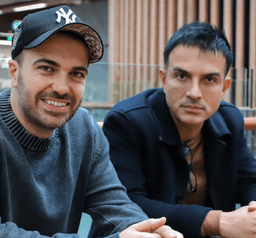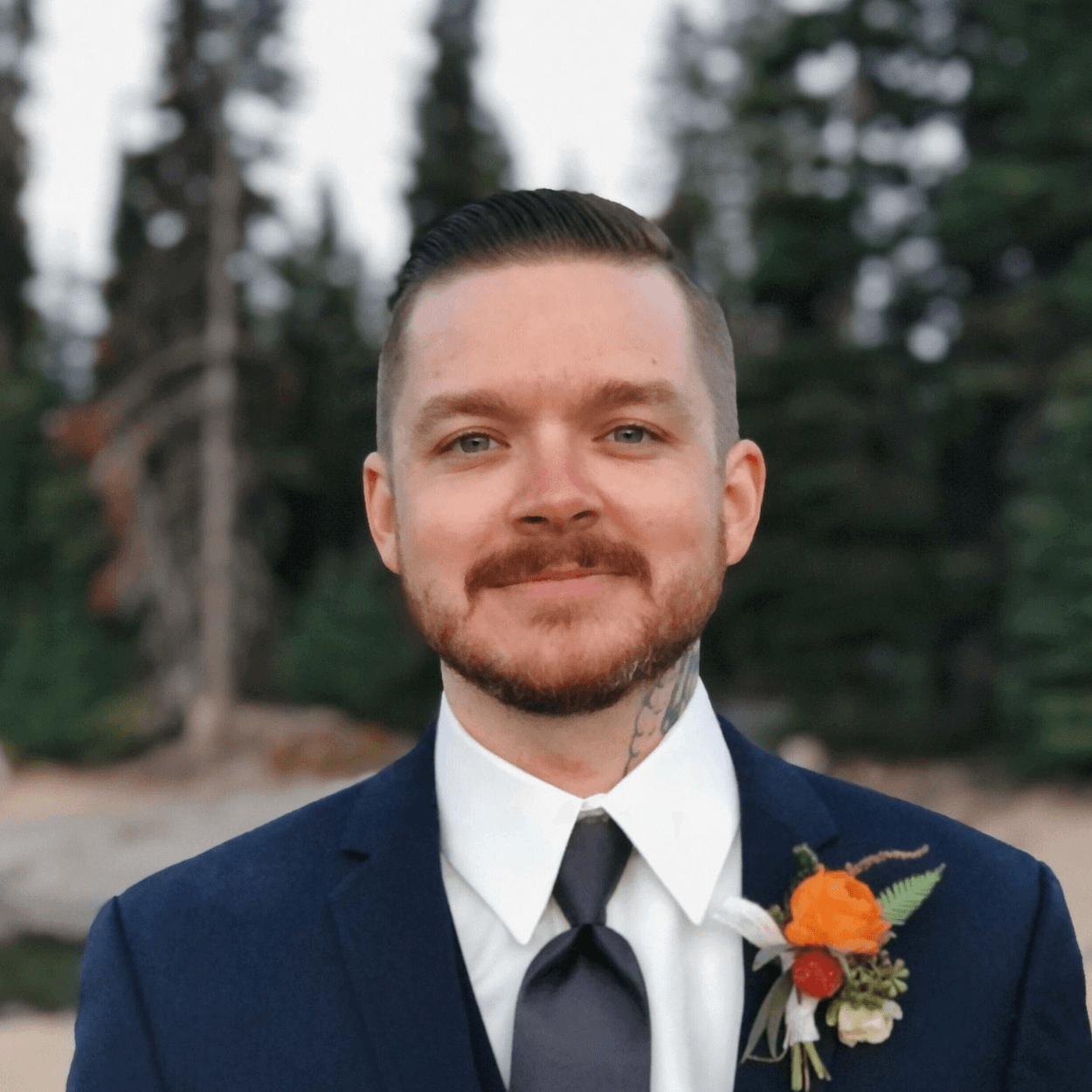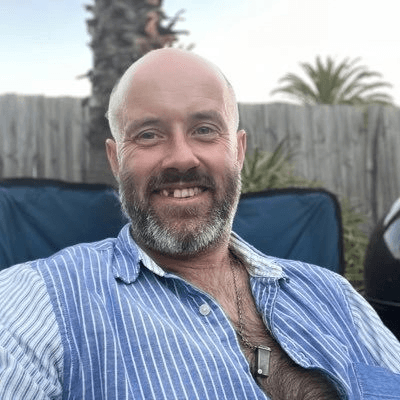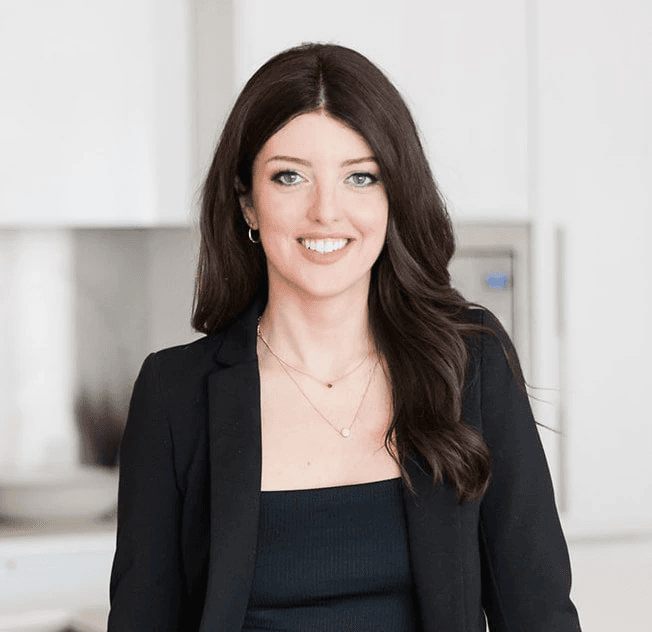How Linkfluencer Scaled Global LinkedIn Marketing and Achieved a Lucrative SaaS Exit


Business Description
Table of Contents
Navigate through the case study sections
Executive Summary
Case Study Content
Building a Global SaaS Powerhouse on LinkedIn: The Linkfluencer Story
When you look at the LinkedIn marketing space, a few years ago, you’d see a wild field of cold messages and generic coaching. That is, until Alex Pirouz and Mark Middo came in swinging with Linkfluencer in 2013. Starting with a sharp eye for what actually delivered results on LinkedIn and a relentless pursuit for scalable systems, they built not just a course, but a global SaaS and services hybrid now used in 35+ countries. Their approach shook up how businesses viewed LinkedIn, not just a jobs board or random messenger, but the centerpiece of B2B prospecting and brand authority.
How It Started: One Insightful Email Sparks a Movement
The seed for Linkfluencer germinated when Alex Pirouz saw an email boasting, “94% of editors and journalists are on LinkedIn.” It was 2013. He leaned into the platform, genuinely connecting and adding value, fast-tracking his circle to hundreds of top-tier media contacts. Within just six months, his own brand appeared in dozens of publications, validation that LinkedIn was quietly changing the networking game. This wasn’t lost on Alex, who saw bigger opportunity than just PR: other founders and sales leaders needed a repeatable way to win leads via LinkedIn, but lacked process or tech to do it right.
Transition: From Courses to Scalable SaaS
Mark Middo, with a background in digital business and event tech, teamed up with Alex, sharing that drive to turn theory into profit. They started simple, selling structured LinkedIn success courses. But demand snowballed. Clients didn’t just want a knowledge dump; they wanted end-to-end help: events, campaigns, ongoing strategies that cut through the noise. Sensing this gap, the co-founders evolved Linkfluencer into a hybrid: SaaS tools to automate campaigns, plus a hands-on agency and certification program to boost user skill and credibility long-term.
Scaling Up: Building a Client-Driven Engine
What set Linkfluencer apart wasn’t bells-and-whistles code, but how it listened. Mark and Alex built feedback loops straight into their product cycles, constantly refining campaigns, content, and tool sets in sync with clients’ real struggles. Over time, they gained traction outside Australia, onboarding teams in the US, UK, APAC, and beyond. Across 35 countries and 65 industries, the solution brought in millions of dollars for clients. Recognition exploded: 100+ media features, numerous industry awards, and word-of-mouth in tight B2B circles. As LinkedIn changed its own algorithms and rules, Linkfluencer adapted its SaaS and services to protect results for users.
Hybrid Model: Why SaaS + Agency Beat Standalone Apps
A core reason Linkfluencer scaled: they never boxed themselves in as “just a tool.” Modern companies need more than software, they want support, advice, and measurable ROI. That’s why Linkfluencer’s subscription model wove together automated tech and tailored guidance. Clients could learn, implement, or hand off, whatever fit best. This multi-touch approach extended lifetime value and drove nearly all expansion via referrals, rather than paid ad spend. That’s money saved, trust built, and churn cut way down.
The Decision to Sell: Ensuring a Lasting Legacy
After a decade of hands-on growth, Mark and Alex found their time increasingly divided with other business ventures, like Event Flux and Windsor Advisers. To avoid stretching themselves thin and risking Linkfluencer’s growth, they decided to sell. But there’s the catch, they weren’t looking for just a payday. The right buyer had to share their client-first philosophy and commitment to evolving with LinkedIn.
Exit via Flippa: More Than a Marketplace
Instead of old-school brokering, they turned to Flippa. The platform let them reach thousands of global buyers, venture capitalists, serial entrepreneurs, strategic industry buyers, all in one place. Certified M&A advisor Fiona Laidlaw guided them through negotiations, documentation, and handover. According to Alex, not only did Flippa make the process quick and less stressful, but the inbound inquiries themselves were high quality, more than just speculators.
What Happened After? And Why It Matters
With the exit complete, both founders shifted focus to other passions, Mark with festivals and event tech, Alex in advisory, and Linkfluencer kept driving client wins under new stewardship. The sale was more than a payday: it was a controlled, values-driven handover, ensuring users and staff wouldn't be dropped in the chaos of a rushed exit. That’s rare, and it matters for both peace of mind and long-run brand health.
Tactics and Tools: How Linkfluencer Built its Edge
Want the actual playbook? Here’s the basics:
- Lean startup launch, hyper-focused on solving real sales problems, not fluff content.
- Courses tested and tweaked in the wild, iterating fast on what produced results.
- Hybrid SaaS/tools plus services, most customers eventually need both.
- Inside-out product roadmap (clients first, features second).
- Bootstrap funds, so no outside investors pressuring short-term decisions.
- Media positioning as industry thought leaders, PR wasn’t a side effect, it was a key growth driver.
- Process-driven sales, tracked by tools like Salesforce and LinkedIn analytics.
Lessons for Founders
If you’re starting a SaaS or hybrid agency, copy this: focus on recurring pain points, not nice-to-haves. Tight referral-driven sales beats spam leads or betting the farm on ads. Don’t silo yourself as only software or only a services company. Customer lifetime value will be higher, and retention more stable, if you’re ready to serve companies at whatever level of DIY they want. And when you’re ready to exit, be disciplined: the right buyer, not just the highest bidder, is how you preserve what you’ve built.
What’s Next?
With their chapter at Linkfluencer closed, Mark and Alex remain fixtures in the digital business world, sure to start new projects and help others grow. And Linkfluencer, now under fresh ownership, carries on the core strategy that made it a global player in LinkedIn for B2B sales. The blueprint is out there, will you run with it?
Business Plan
Market Problem
The LinkedIn marketing space was cluttered with ineffective cold outreach and generic coaching, leaving businesses struggling to find…
See the full market problemSolution
Linkfluencer emerged as a hybrid SaaS and agency model, combining automated tools with personalized support to optimize LinkedIn marketing…
See the full solutionTarget Market
Small to medium-sized businesses
These companies often lack the resources for extensive marketing teams and need an efficient solution to generate leads.
B2B sales teams
Sales professionals looking to improve their prospecting efforts on LinkedIn and convert connections into clients.
Competitors
LinkedIn Sales Navigator
A premium tool focused on lead generation and prospecting for sales professionals, but lacks integrated consulting services.
HubSpot
Offers a comprehensive marketing platform, but doesn’t specialize in LinkedIn-specific strategies and support.
Competitive Advantage
Linkfluencer’s unique combination of SaaS tools and agency support sets it apart from competitors who offer standalone solutions. This…
See the full competitive advantageSales and Marketing
Linkfluencer employed a content-driven marketing strategy, utilizing blog posts, case studies, and webinars to educate potential clients on…
See the full Sales and marketing planSuccess Milestones
Launch MVP
Publish a minimal but usable product and onboard 50 beta users.
Expand Course Offerings
Develop additional LinkedIn courses based on user feedback and market demand.
Key Takeaways
- 1Listening to client pain points and building feedback loops led to rapid product evolution for Linkfluencer.
- 2Combining SaaS automation with hands-on agency services increased lifetime value and reduced customer churn.
- 3Bootstrapping allowed Linkfluencer's founders total control, resulting in strategic decisions aligned with long-term goals rather than short-term investor pressure.
- 4Global expansion was achieved not through ad spend but primarily via word-of-mouth, media features, and positioning as industry authorities.
- 5A multi-touch hybrid model made the business resilient to platform changes and competitive copycats.
- 6Selling on Flippa, with expert M&A guidance, ensured a smooth exit and values-aligned transition for clients, staff, and founders alike.
Key Facts
Tools & Technologies Used
Premium Content Locked
Subscribe to access the tools and technologies used in this case study.
Unlock NowHow to Replicate This Success
Premium Content Locked
Subscribe to access the step-by-step replication guide for this case study.
Unlock NowInterested in Being Featured?
Share your success story with our community of entrepreneurs.
Explore More Case Studies
Discover other inspiring business success stories

How a Navy Engineer Scaled and Sold Tattooing101.com for 10X Return
Jay Haussman, a Navy veteran, acquired Tattooing101.com through Flippa for $10,000 and grew the platform into a leader i...
Tattooing101

How Selfarama Uses AI to Publish $12K/Month Personalized Kids Books
Selfarama is a bootstrapped edtech startup founded by Tom Ryan. It offers personalized AI-driven children's books with t...
Selfarama

How Chelsea Clarke Built a $4M Website Flipping Empire
Chelsea Clarke turned a side marketing role into a full-time career flipping websites and brokering deals. In 2017 she b...
Niche Investor
